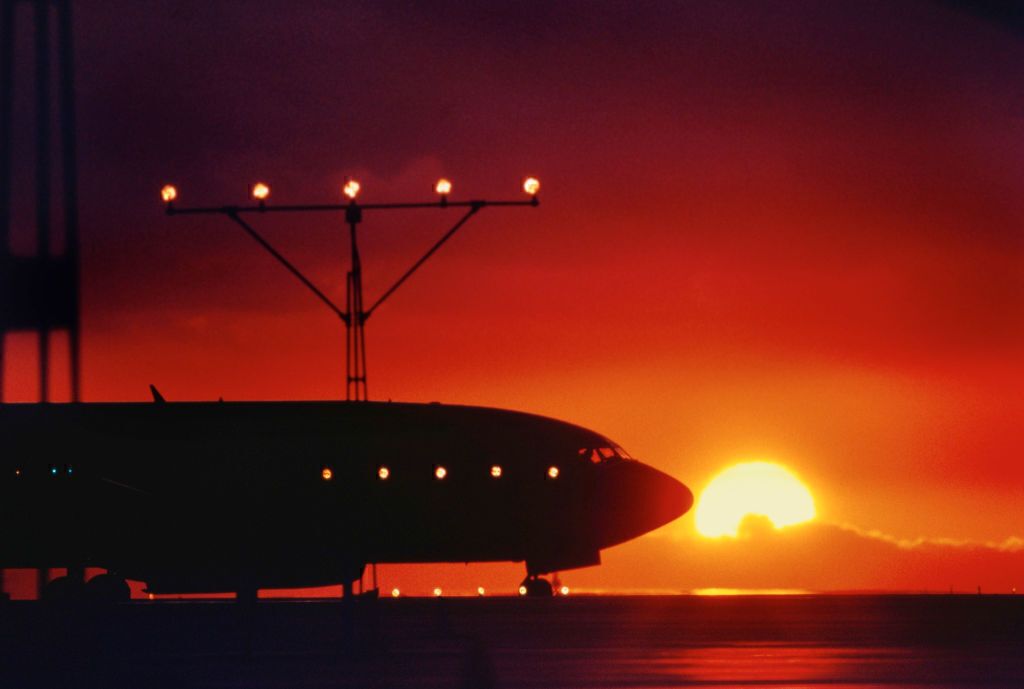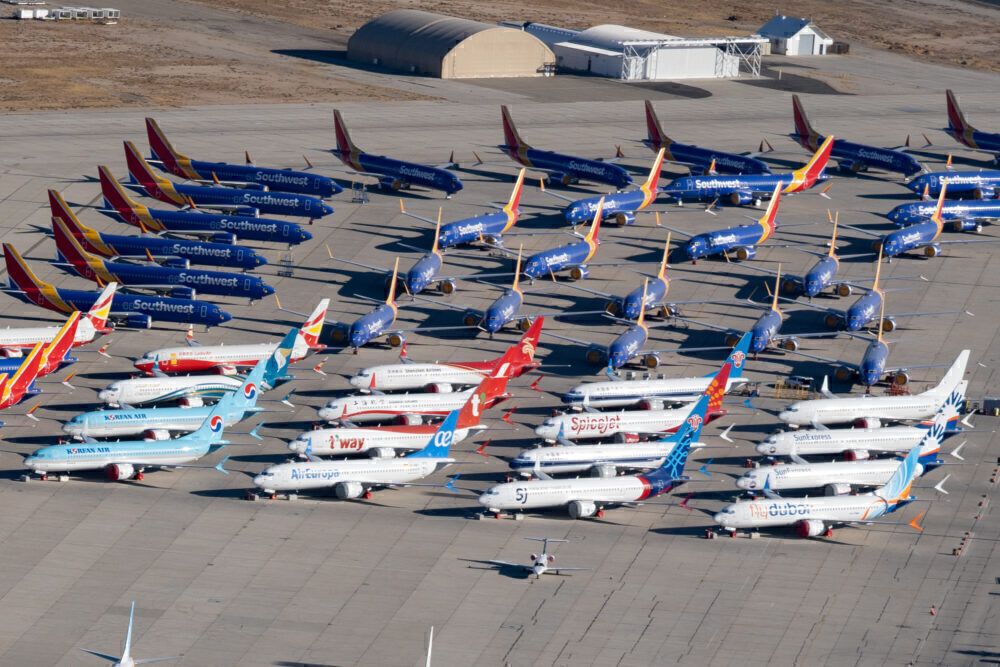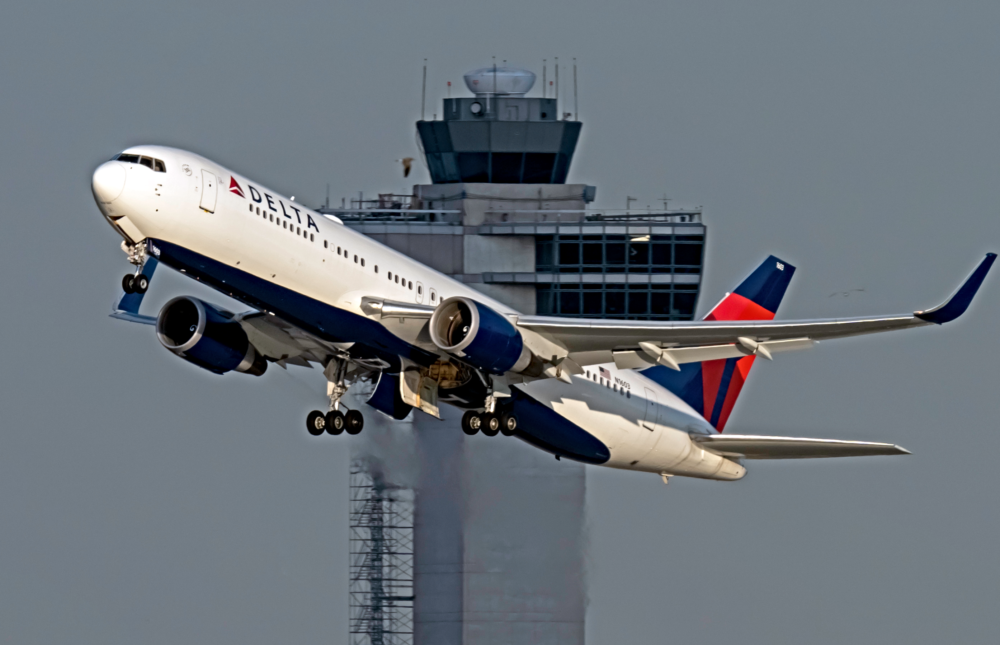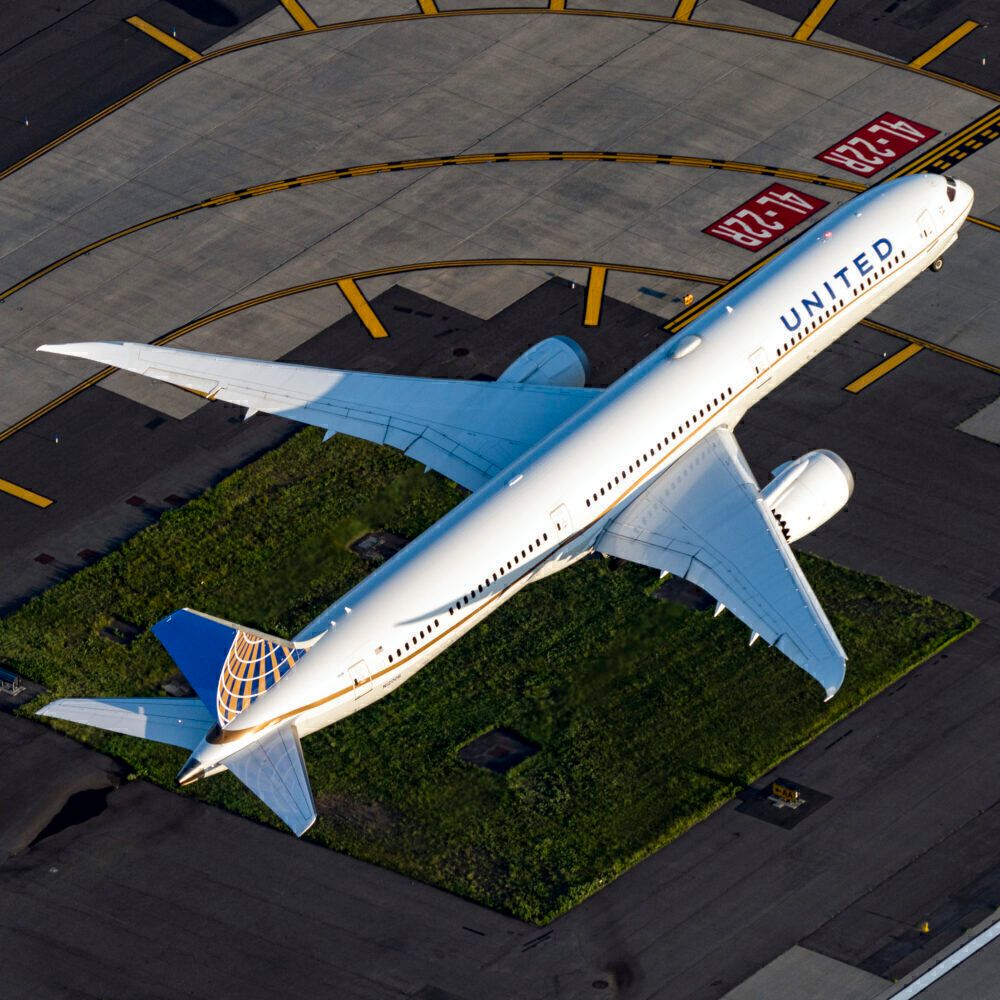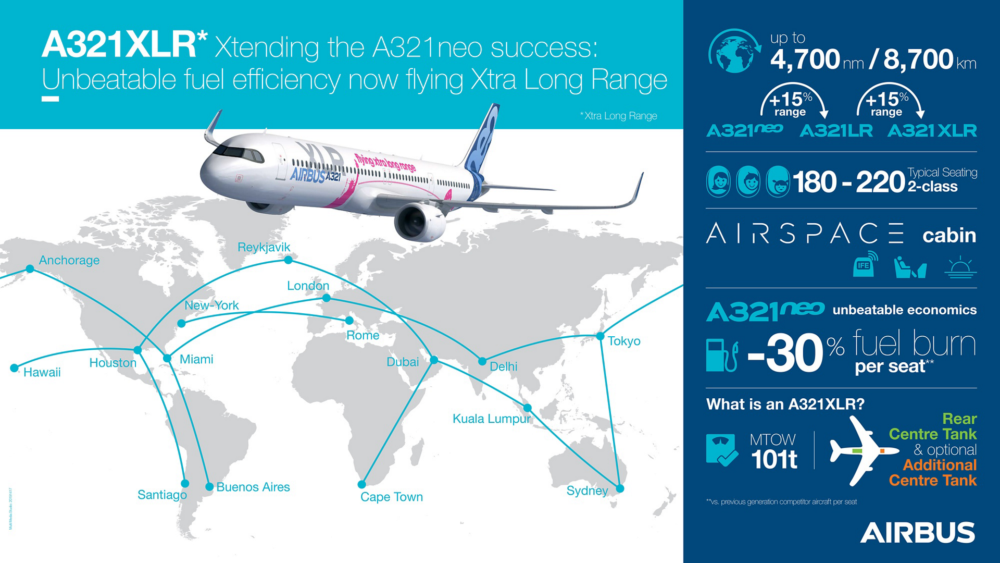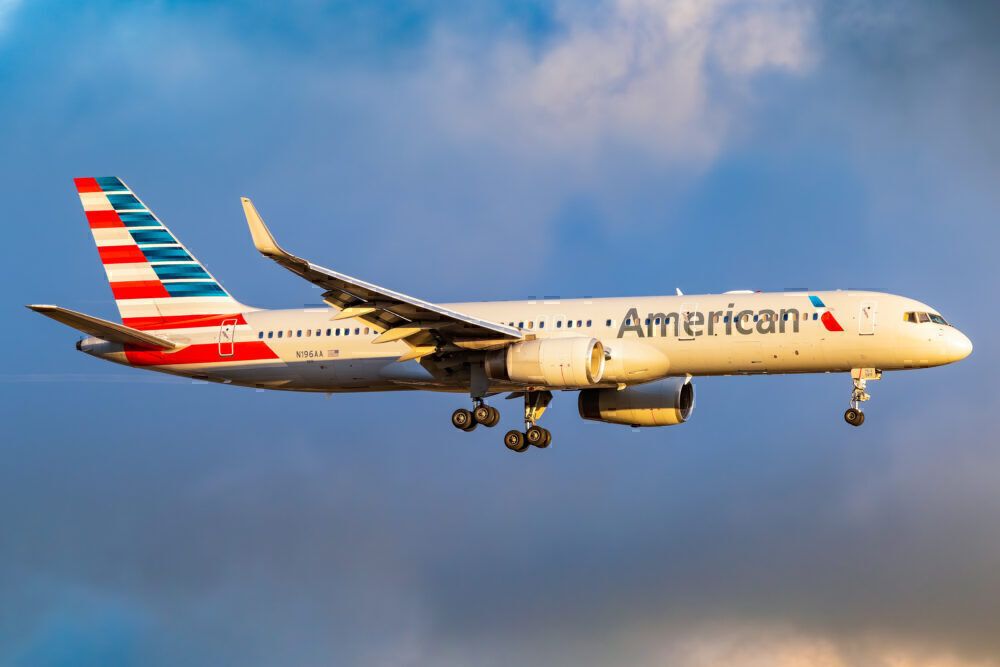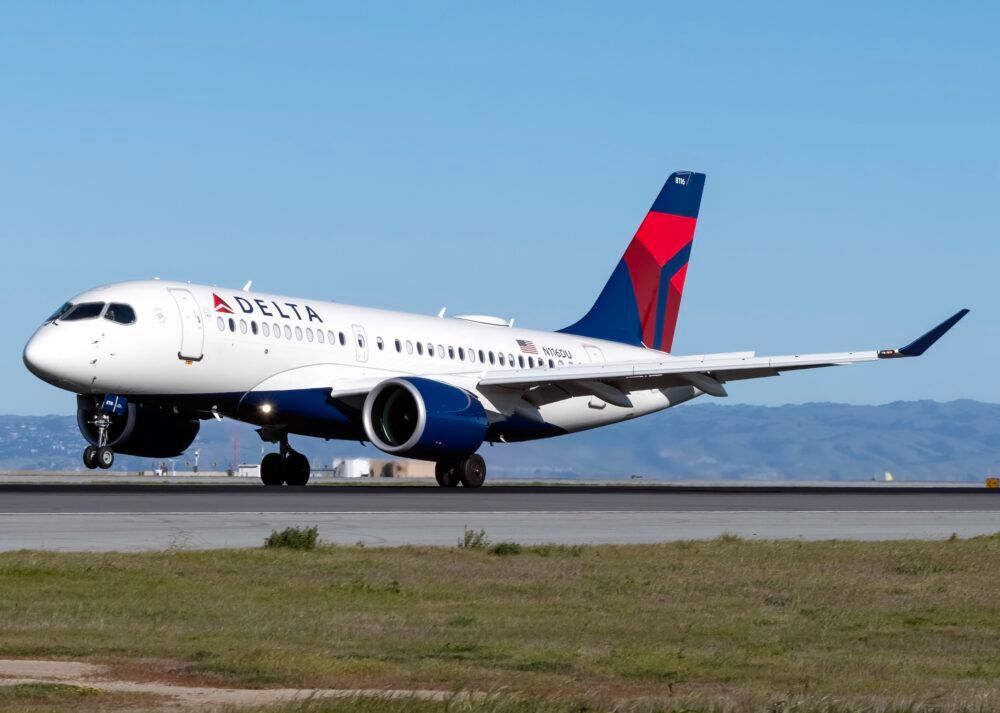US aircraft manufacturer Boeing is often credited for having catalyzed the 'Jet Age' by launching its popular 707 series in the late 1950s. Since then, it has become an industry juggernaut. Today, it forms one half of the powerful Airbus-Boeing manufacturing duopoly. These two companies have a dominant share in various different airliner markets. To date, each has produced numerous successful aircraft families, but what should we expect from Boeing going forward?
Where is Boeing at right now?
Boeing will be hoping that 2021 represents a more successful year that allows it to put the difficulties of 2020 to the back of its mind. Of course, the ongoing coronavirus pandemic heavily impacted almost every facet of the airline industry, and Boeing was not the only company to suffer. However, the timing of the global crisis was also far from ideal for the manufacturer.
Before the pandemic, Boeing had already been struggling with the fallout of the grounding of the Boeing 737 MAX. This came about in March 2019 after two similar fatal accidents involving the type within months of one another. The difficulties that arose from this situation were then compounded by the pandemic, resulting in a $12 billion loss for the company in 2020. Last year was also Boeing's worst on record in terms of order cancellations.
Thankfully, 2021 has got off to a better start for the company. With aviation safety agencies worldwide now recertifying the 737 MAX, a flurry of deliveries has followed. Elsewhere in Boeing's portfolio, yesterday also saw its first 787 'Dreamliner' delivery since October. However, while working through its delivery backlog is one thing, the company will also have its mind on the longer-term future. Let's take a look at what some of its next aircraft might be.
Renewed hope for the NMA?
A Boeing concept that has been in the pipeline for several years now is its so-called 'NMA.' This designation stands for 'New Midsize Airplane,' and, in terms of Boeing's numbering system, it would likely be designated as the 797. Boeing initially proposed this seven-abreast, twin-aisle plane as a solution to fill the market between existing widebody and narrowbody planes.
Stay informed: Sign up for our daily and weekly aviation news digests.
By 2017, Boeing had generated a reasonable amount of interest from airlines in its proposed NMA. However, it soon had a larger problem on its hands that that demanded a faster resolution, namely the 737 MAX crisis. As such, even before COVID-19 brought the industry to a halt, Boeing shelved its NMA plans and sent the project back to the drawing board.
However, a year into the pandemic, it is beginning to seem as if all is not lost for the NMA. As Simple Flying explored earlier this month, the aircraft may yet prove to be the perfect post-pandemic plane for its market.
This is because, in a post-COVID market with potentially less demand, its lower capacity will make it a more efficient choice for longer routes with fewer passengers than there would have been before the virus struck. The new aircraft would also provide welcome relief for carriers looking to replace their aging 757s and 767s without investing in the larger 787.
So where is Boeing at with the NMA as it stands? Simple Flying reported last month that the company may be considering a three-aircraft family for the NMA. The smallest variant of these will be able to compete with the Airbus A321XLR, which many are touting as a potentially game-changing aircraft. But what if Boeing was to produce a direct single-aisle competitor instead?
A direct A321XLR competitor?
The Airbus A321XLR is a strong example of an increasing trend that is beginning to sweep the airline industry. Specifically, this is the use of narrowbody aircraft on longer-haul flights. In the last 12 months, coronavirus has caused a significant drop in passenger demand.
This, in turn, has seen long-haul narrowbodies become an increasingly central aspect of discourses concerning the future of commercial aviation. While the Boeing NMA is an exciting concept, it differs from the A321XLR in being a twin-aisle design. Therefore, to compete directly, Boeing may find that it is better off developing a single-aisle direct competitor for it.
A logical basis for such a competitor would be something similar to Boeing's previous 757 family. Between 1981 and 2004, Boeing produced over 1,000 of these narrowbodies. They had sufficient range for 'long thin' transatlantic routes such as Continental Airlines' former service from Newark Liberty International (EWR) to Bristol Airport (BRS) in Somerset, UK.
And indeed, a concept like this may yet come to fruition in the future. After all, bizjournals.com reported earlier this week that Boeing was in discussions with numerous aeronautical suppliers concerning such a project. This would represent a fascinating new direction for Boeing.
What about a Future Small Airplane?
On the other hand, Boeing may choose to concentrate its efforts towards the shorter-range end of the spectrum. Presently, the single-aisle short to medium-haul market is dominated by two of the world's best-selling commercial aircraft families. These are the Boeing 737, which has sold just over 10,000 units, and the Airbus A320, which comes in just below this mark.
However, while both of these families are incredibly successful, they also both date back several decades. Therefore, several industry leaders have appealed to manufacturers to branch out by creating a new shorter-range narrowbody family altogether.
This could result in there being a market for Boeing to produce a Future Small Airplane (FSA). This may be a natural replacement for the 737 MAX. Alternatively, based on changing trends in passenger demands, perhaps it could compete more directly with the Airbus A220. Either way, while a short-haul workhorse that isn't a 737 or A320 variant could prove to be something of a culture shock for the industry, it may also represent an exciting change.
Its various options going forward also represent an interesting change in its relationship to Airbus. The European manufacturer previously developed aircraft such as the A350 and A380 as a response to Boeing products. However, in looking to compete with aircraft such as the A321XLR, this dynamic appears to have shifted somewhat. In any case, Boeing has several paths to consider when it comes to developing its future aircraft.
What do you think the future holds in terms of Boeing's future aircraft portfolio? Let us know your thoughts and predictions in the comments!

